SUMMARY
This is AI generated summarization, which may have errors. For context, always refer to the full article.
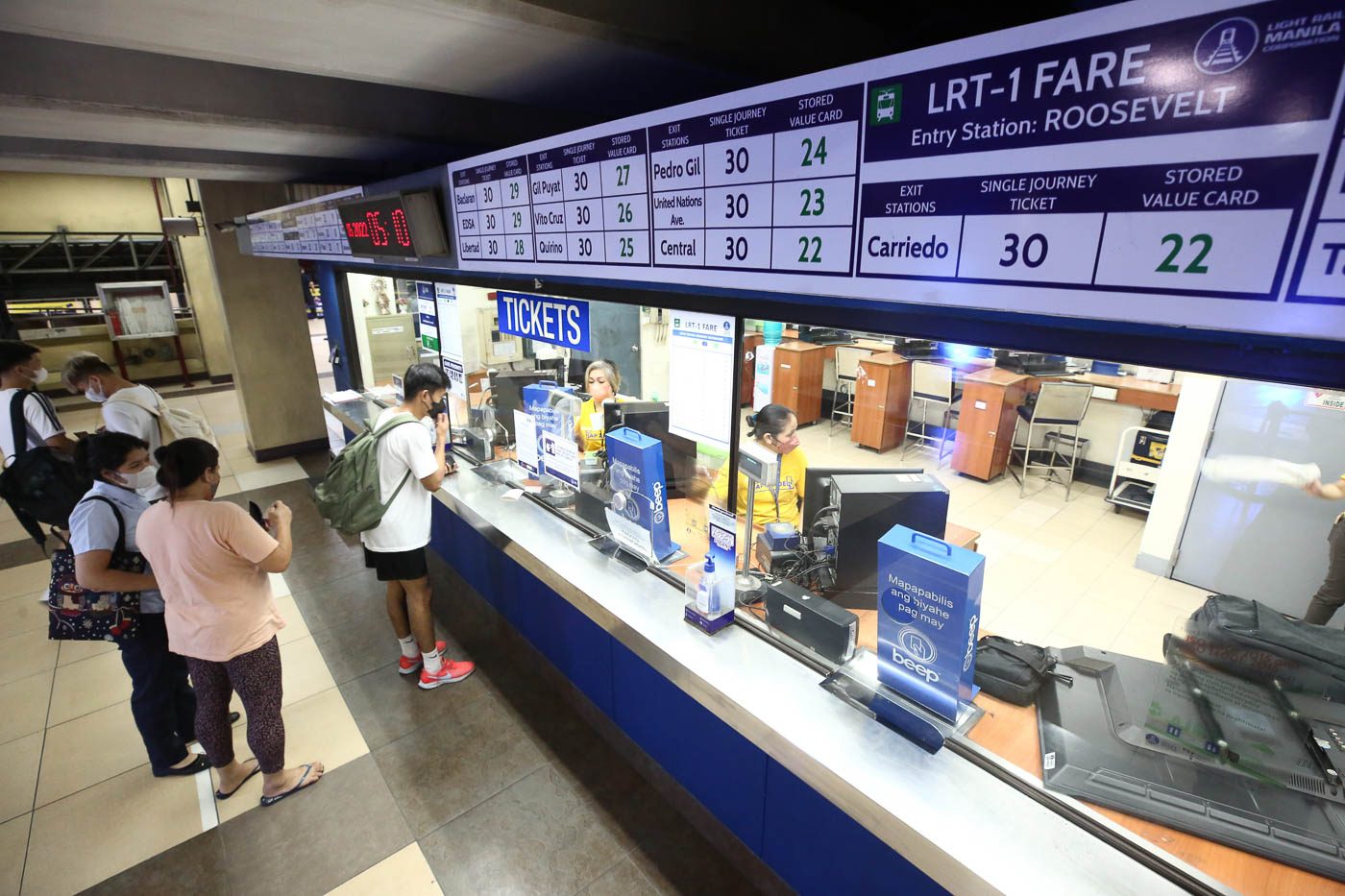
MANILA, Philippines – The recent dismissal by the Supreme Court (SC) of petitions questioning the current fare prices of the Light Rail Transit (LRT-1) Lines 1 and 2 (LRT-2) and the Metro Rail Transit Line 3 (MRT-3) paves the way for more fare increases, BAYAN secretary general Renato Reyes Jr. said on Saturday, April 1.
“The SC dismissal of our petitions legitimizes the 2015 fare hikes and paves the way for a new round of fare increases for the MRT and LRT. This is bad for commuters,” Reyes, one of the petitioners who challenged the fare hike, said in a statement on Saturday.
The petitioners argued that the Department of Transportation and Communication (DOTC) did not comply with the requirements of prior notice and hearing before it implemented the fare hikes in 2015. They also alleged that the 50% to 87% fare increase was done without basis.
“They gave PowerPoint presentations. Nothing was done under oath, unlike during ERC hearings. It was a public forum basically. We asked questions, and that was it,” Reyes told Rappler on Saturday.
‘Reasonable and just’
According to the SC ruling, the 2015 fare hikes went through due process and are thus valid.
The DOTC implemented the fare increase through Department Order 2014-014. The Department Order – which took effect on January 4, 2015 – raised the single-journey fare rates as follows:
| Line | Old Price | Current Price |
|---|---|---|
| LRT-1 | P12 to P20 | P15 to P30 |
| LRT-2 | P12 to P20 | P15 to P25 |
| MRT-3 | P10 to P15 | P13 to P28 |
The SC announced its dismissal of the petitions in a release on Friday, March 31 – more than eight years since these fare hikes were implemented.
In its ruling, the SC affirmed that any increase in fares for the LRT-1, LRT-2 and the MRT-3 require prior notice and hearing to be valid, which the DOTC accomplished.
The SC clarified that the DOTC published a Notice of Public Consultation on January 20 and 27, 2011 in two newspapers and held public consultations on February 4 and 5, 2011. The DOTC published another public consultation scheduled on December 12, 2013.
“While the fare increase took effect only on December 20, 2014, the Court held that the previous public consultations substantially serve the purpose of the hearing requirement under the law, as the proposed fare structure was retained and the original basis and purpose for the proposed hike remained the same,” the SC said in its statement.
The SC also maintained that the DOTC and LRTA have the power to set rates, given that “rate-fixing power of administrative agencies is a valid delegation of legislative power in response to the growing complexity of society, the multiplication of government regulation subjects, and the increased difficulty of administering laws.”
The Court also said that the fare hikes imposed were “reasonable and just” since they were a result of a “thorough and independent evaluation made by the DOTC and LRTA following the prescribed procedure in implementing the fare increase.”
‘Bodes ill for commuters’
The SC decision comes at a crucial time as the Department of Transportation (DOTr) is deliberating on another fare increase for the LRT-1, LRT-2, and MRT-3. The fate of the new fare hike proposal depends on the decision of the Rail Regulatory Unit, as approved by the DOTr secretary.
“This bodes ill for commuters now because the same ruling will be used in justifying the validity of the proposed LRT and MRT fare hike. In the next wave of train fare hikes, the DOTr is both involved in the petitions and is at the same time the approving authority. The fare hikes this time around will be bigger than those in 2015 and will be a huge burden to commuters,” Reyes said.
He also questioned whether there were any checks and balances in the fare hike approval process.
“The SC also affirmed the authority of the DOTC and LRTA to raise fares even if there is a situation where it is the applicant and approving authority at the same time, and no independent regulatory body exists to regulate fares,” he said.
“DOTC was the head of the board of LRTA, which applied for the fare hike. Of course the DOTC would approve it. Kasama si Abaya sa LRTA board (Then-DOTC secretary Abaya was part of the LRTA board). MRT-3 is an agency under the DOTC. Of course DOTC would approve the fare hike petition,” Reyes told Rappler.
– Rappler.com
Add a comment
How does this make you feel?
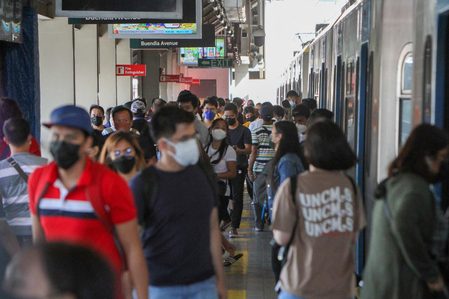

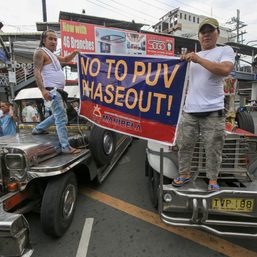
![[OPINION] Cities and public spaces should be for people first](https://www.rappler.com/tachyon/2024/04/imho-people-first-city-04132024.jpg?resize=257%2C257&crop_strategy=attention)

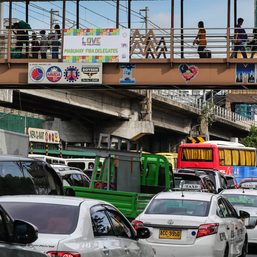
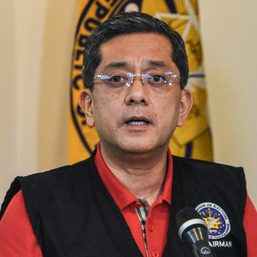


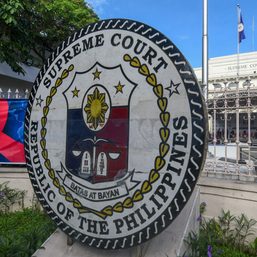

There are no comments yet. Add your comment to start the conversation.